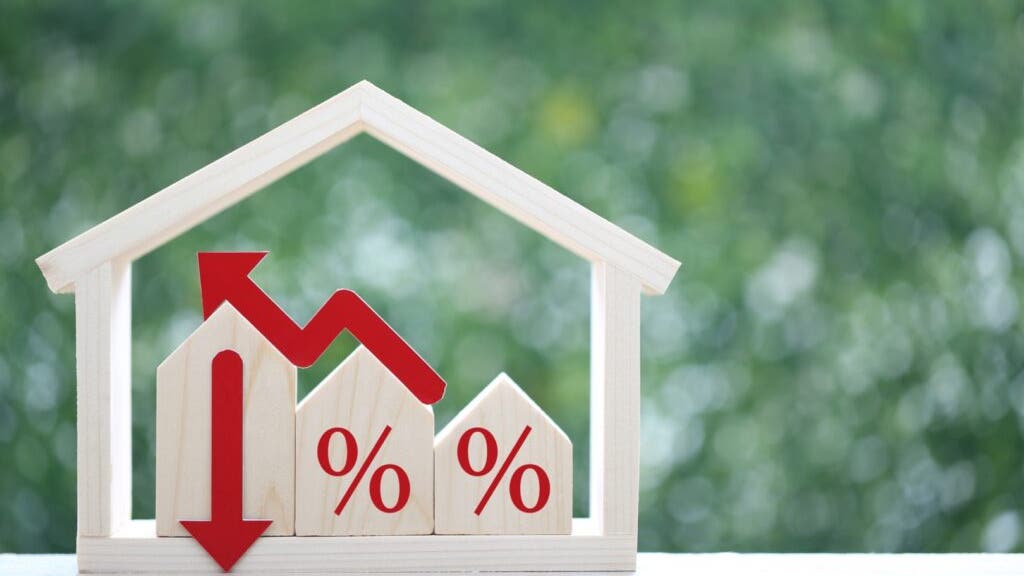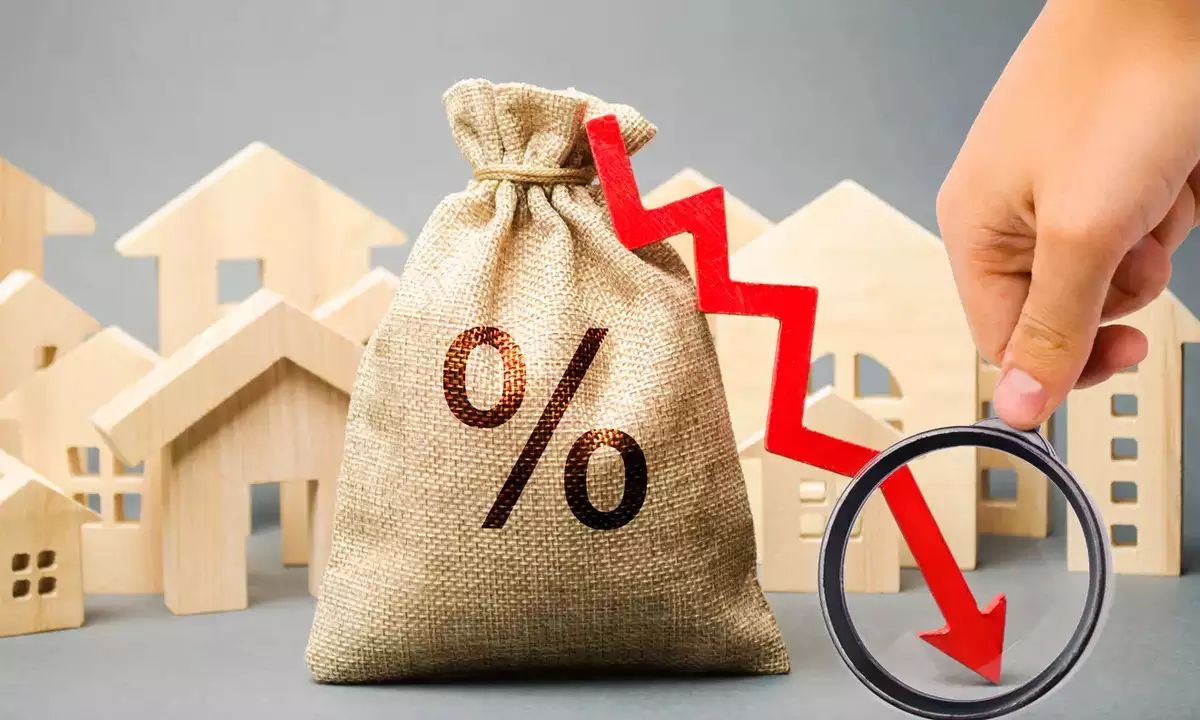Record-Breaking Property Trends: Property Listings Reach an All-Time High

Table of Contents
In the latest update from property listing platform Rightmove, the average asking price for new sellers has seen a notable increase of 1.1%, equivalent to £4,207, bringing the average to £372,324. This price hike aligns with the ten-year average for April, placing current prices just £570 shy of the record high set in May 2023.
This annual growth rate in property prices has climbed to 1.7%, marking the highest point over the past year. According to property experts like estate agents in Tonbridge, this increase is primarily driven by the luxury housing sector, where larger homes have experienced significant price growth. It is the strongest market start since 2014, highlighting the robustness of the high-end market.
Market Dynamics and Affordability Challenges
 Despite the overall positive market activity this spring, high mortgage rates continue to pose affordability challenges, especially for first-time buyers and second-steppers who heavily rely on mortgages.
Despite the overall positive market activity this spring, high mortgage rates continue to pose affordability challenges, especially for first-time buyers and second-steppers who heavily rely on mortgages.
Tim Bannister, Rightmove’s director of property science, emphasises the mixed experiences of buyers in the current market.
While some buyers benefit from wage growth and stable house prices, others face obstacles due to persistently high mortgage rates and the ongoing cost-of-living pressures. Bannister notes, “Despite these factors, it has been a positive start to the year compared to the more muted beginning of 2023.
However, agents report that the market remains very price-sensitive, and despite the current optimism, these conditions do not support substantial price growth.”
Realistic Pricing: A Key to Successful Sales
Bannister advises sellers to price realistically for their local markets. Overambitious pricing at the onset can hinder their chances of securing a sale. “Sellers who are keen to secure their sale will still need to price realistically to give themselves the best chance of finding a buyer,” he says.
The latest Rightmove House Price Index reveals a 12% increase in new sellers compared to last year, with sales agreed up by 13%. The luxury sector, in particular, has seen an 18% rise in new sellers and a 20% increase in sales, due to the improvement in available properties, encouraging more homeowners to enter the market.
Diverse Market Trends Across Segments
 While the luxury housing market experiences significant growth, the mass-market sectors show more modest increases. New sellers in these sectors are up by 10%, and sales agreed have risen by 9% and 13% for first-time buyers and second-steppers, respectively.
While the luxury housing market experiences significant growth, the mass-market sectors show more modest increases. New sellers in these sectors are up by 10%, and sales agreed have risen by 9% and 13% for first-time buyers and second-steppers, respectively.
Despite more challenging conditions than in 2019, the total number of sales agreed matches levels from that year. This stability is supported by significant wage growth, which has slightly outpaced the rise in property prices. Currently, the average five-year mortgage rate stands at 4.84%, significantly higher than the 2.45% rate in April 2019.
Strategic Timing for Buyers and Sellers
Bannister highlights the seasonal factors that could impact market activity. “The summer holidays typically distract some home-hunters as they pause their search to travel. Additionally, events like the Euro 2024 football tournament and the Olympics, followed by a potential
The General Election in the latter half of the year will add more distractions.”
He suggests a window of opportunity for those considering a move to act before these distractions take hold. “While affordability remains tight, property and mortgage market conditions are stable, buyer choice is good, and many sellers recognize that it is the right time to negotiate on price to agree a deal. The boost in activity suggests that many home movers are already springing into action.”
Navigating the Current Market
 For those navigating the property market, understanding these trends is crucial. The current landscape offers a mix of opportunities and challenges. Sellers must be strategic with their pricing, and buyers should be aware of the market’s sensitivity to pricing and external events.
For those navigating the property market, understanding these trends is crucial. The current landscape offers a mix of opportunities and challenges. Sellers must be strategic with their pricing, and buyers should be aware of the market’s sensitivity to pricing and external events.
Despite the optimistic start to the year, the market remains price-sensitive, influenced by high mortgage rates and cost-of-living pressures. This situation demands a realistic approach from sellers and strategic timing from buyers.
Conclusion
The property market is experiencing a dynamic period with record-breaking trends. The annual growth rate in property prices has climbed to 1.7%, driven by the luxury housing sector. However, affordability challenges persist due to high mortgage rates.
Sellers are encouraged to price realistically to attract buyers, while the current market stability offers a window of opportunity for those looking to move. With significant events on the horizon, both buyers and sellers should navigate the market strategically to capitalise on current conditions.
Understanding these trends and acting accordingly can help individuals make informed decisions in the ever-evolving property market.






